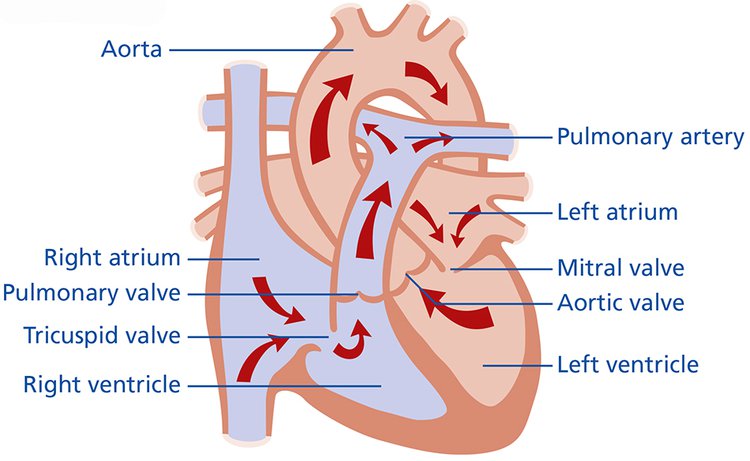
https://www.gosh.nhs.uk/conditions-and-treatments/procedures-and-treatments/prenatal-ultrasound-scans-showing-small-ventricular-septal-defect/
Prenatal ultrasound scans showing a small ventricular septal defect
This page from Great Ormond Street Hospital (GOSH) explains about small ventricular septal defects detected during a prenatal ultrasound scan and what this might mean for your child.

Normal heart
The heart is made up of four chambers – two at the top called atria and two at the bottom called ventricles. The ventricles are the pumping chambers of the heart.
When we carried out a prenatal ultrasound scan in the Fetal Cardiology clinic, we confirmed that the structure of your baby’s heart is normal, but there is a small hole between the two ventricles. We refer to this as a ventricular septal defect (VSD) – the word ‘septal’ refers to the wall between the two sides of the heart.

Small ventricular septal defect
The small hole allows a small amount of blood to pass in either direction as the heart pumps. This means that the oxygen-rich and the oxygen-poor blood, instead of being kept separate, are allowed to mix and flow from the heart to the body and lungs.
What does this mean for my pregnancy?
Your pregnancy plan with your midwives and obstetric team does not need to change. Small VSDs like this often close without treatment and may be closed by the time your baby is born. A small VSD should not cause your baby any distress in the womb or during labour.
What happens after birth?
We would expect your baby to be well after he or she is born and have no worrying symptoms. If it is still open, the blood passing through the VSD will be heard as a murmur when the baby’s heart is checked with a stethoscope.
After your baby is born, we would recommend that he or she is reviewed by a cardiologist (specialist heart doctor) or paediatrician (specialist children’s doctor). We also recommend that your baby has an echocardiogram (ultrasound scan of the heart and blood flowing through it) in the first few weeks of life. The doctor may need to see your baby for follow up appointments to make sure that the VSD closes as it should. These appointments will not have to be very frequent.